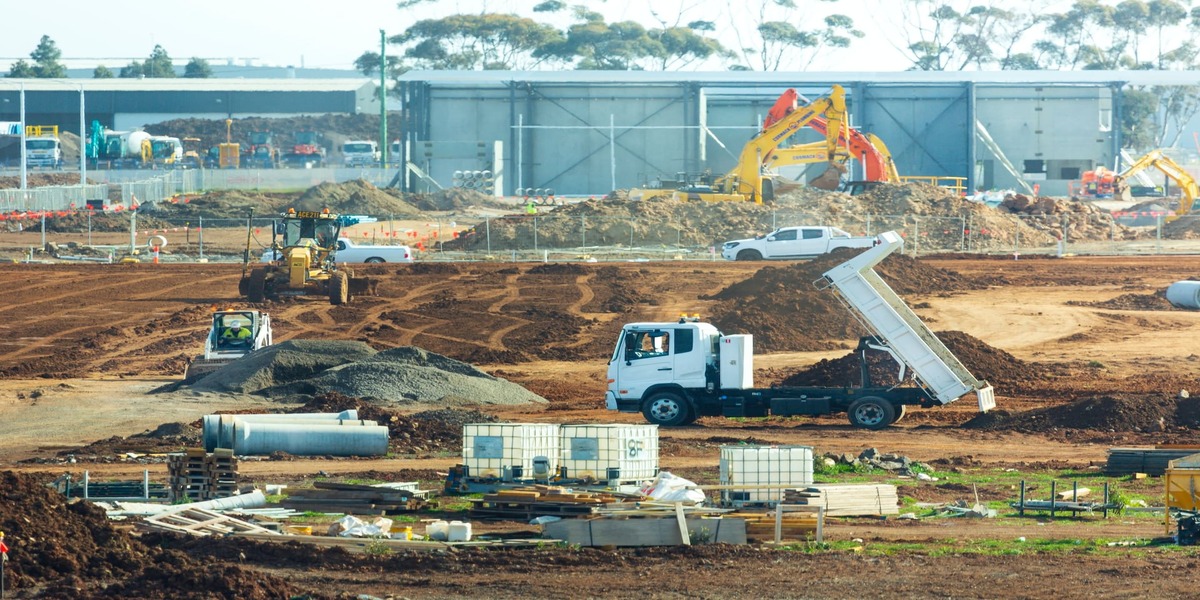Energy Transition Impact On The Refining Industry

The demand for transportation fossil fuels will decline over the longer term. The pace of change is moderate considering the established road transport, the associated infrastructure fueling system, and an established distribution network for fossil fuel. However, global warming and environmental concerns lead us to the energy transition with various new green and renewable alternatives, with accelerated technology development and growth of cleaner fuel to the consumers.
As of date, the key drivers are the penetration of alternative electric vehicles and stunning adaptation of the same by consumers in urban markets, emerging new policies and regulations that support no internal combustion engines by 2030, fuel cell-based long-haul and electrification of city trucks and green fuels like methanol and ammonia to lower the shipping emissions and sustainable aviation fuel (SAF) fuel.
The cost of alternative clean fuels, without government subsidies/incentives, to replace fossil fuels limits growth. At the same time, for petrochemicals, alternative feed streams like off-gases, LNG, diesel to naphtha downgrade, crude-to-chemicals, intermediate as well as semi-finished streams to light olefins and aromatics, etc, are needed.
Challenges faced by the Refining Industry
The global refining industry faces a challenging few year with the addition of more than 1.5 million barrels per day (mmbd) global capacity with the three new ones, i.e., Dos Bocas refinery Mexico, Kuwait's Al Zour facility and Nigeria's Africa--Dangote. Besides, China is expected to add 3.0mmbd of CDU capacity by 2027, while India and Pakistan are expected to add 1.7mmbd and 1.6mmbd, respectively.
Further investments in new refineries are unlikely because of the energy transition. Meanwhile, these new developments in the refining sector give the transition critics the ability to argue that the rest of the world is prioritizing the energy supply, regardless of its source.
Notwithstanding the above, the refinery investment and operating strategies consider not only the lowering demand trends but also pressure from emerging market supply from competitors where investment in refining capacity seems to continue. As a result, the refining industry is facing complex choices like:
- Pressure to decarbonize liquid fossil fuels
- Opt for lower carbon crude and other feedstocks
- Integrating bio-derived fuels, renewable offsite power, and blue/green hydrogen contracts
However, the proactive measures like focusing on plant reliability, lowering costs, buying emissions credits, and shifting product placement into unregulated export markets may be successful in the near term but will certainly threaten longer-term viability. In addition, more refining and petrochemical plant integration strategies are needed in the downstream industry.
Frequently Asked Questions
1. What specific regulatory measures are refineries adopting to reduce carbon emissions and increase sustainability?
To curtail the refining emissions cost-effectively, a system of combining post-combustion CCS to tackle the largest emission point sources with fuel switching for smaller distributed emission sources with gaseous fuels such as biomethane and blue (green) hydrogen could serve as drop-in fuels without the need for significant restructuring of refinery operations.
As mentioned in the abstract, securing offsite green hydrogen and power contracts is also done by some refineries. The emerging new regulatory measures may hit the older, smaller refineries as they will find it hard to meet them.
2. How is the refining industry leveraging new technologies, such as electrification and digitalization, to enhance energy efficiency and reduce environmental impact?
Renewable (green and hydro) power could lead to a suitable alternative to electric heating, subject to a significant reduction in production cost and demonstration of operational reliability. Enhanced energy efficiency may allow a modest reduction in emissions of 5–10% and cannot be the sole driver for decarbonization of the refining sector.
In digital transformations, value creation is always front and center. As per a research study, almost 70 percent of digitization projects have not moved beyond the pilot phase. Even Though pilot projects are successful, and technology meets or exceeds the goals, digital transformations stall due to big cultural and organizational barriers.
3. How does integrating refining and petrochemical operations impact market dynamics for both sectors?
Refineries are increasingly seeking chemical opportunities ranging from well-known options like expanding Propylene from the Fluidized Catalytic Cracking (FCC) unit to non-traditional opportunities such as utilizing heavier cracker feed apart from emerging new technology innovation in crude-to-chemicals.
The global installed capacity for major petrochemicals is estimated to be ~13 percent of current oil refining capacity, and ~ 8% of natural gas could power global demand for major petrochemicals, leading to industry rationalization in the near future.
Also, first movers in the petrochemical industry, especially those facilities with total integration of refining and petrochemicals located close to growing demand centers, have a potential competitive advantage.
4. In the face of global disruptions, how are refineries enhancing supply chain resilience and ensuring a consistent flow of feedstocks and products?
In the context of global disruptions, the refiners focus on key areas like end-to-end hydrocarbon optimization, supply chain digitization, and digitally enabled B2C programs to deliver cost savings and increase profitability. As mentioned in the abstract, refineries may opt for lower carbon crude and other feedstock supply sources as well as integrate bio derived fuels.
Comments
No comments yet. Be the first to comment!
